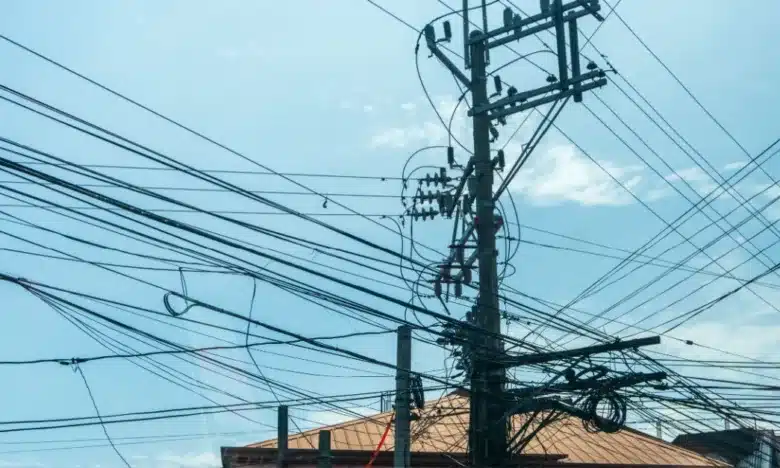
Can Robotaxis Become a Reality in the Philippines?
- August 30, 2024
In highly urbanized areas in the Philippines such as Metro Manila, road traffic is part of everyday life. Commuters and private car owners experience this daily on the way to work. The sheer volume of vehicles in major highways such as EDSA has risen astonishingly. And the number keeps growing.
A study by Statista published in 2023 on Passenger Transport in the Philippines shows that our country ranked 15th among countries in the Asia Pacific region with the highest number of passenger cars sold in 2021, with approximately 180.6 thousand vehicles. The same report showed that in 2020, commuters in the City of Manila lost an estimated 188 hours driving in rush hour.
A car-centric road traffic culture, too many privately owned vehicles on the highway, motorists’ poor driving and traffic skills, and not enough roads to accommodate vehicles have all contributed to the problem.
Solutions such as viable and reliable modes of public transport need to be explored to mitigate road traffic problems.
In Metro Manila, jeepneys, bus operations, bus carousels, and the train systems Light Railway Transit 1 (LRT-1), Light Railway Trabsir 2 (LRT-2), and Metro Rail Transit 3 (MRT-3) have provided the main means of travel for commuters around the metro.
We need to look towards more solutions urgently. Could automated public utility vehicles be one solution?
Automated Vehicles and Robotaxis for the People
According to a study made by Dawei Wang, Weizi Li, Lei Zhu, and Jia Pan, robotaxis and robotic vehicles can optimize traffic flow in cities, improving traffic efficiency, safety, and energy consumption.
The group of computer science professors and academics from the University of Tennessee studies artificial intelligence (AI) for transportation and smart cities. Their study shows that through AI, robotic vehicles can develop algorithms to control complex traffic systems, even when other vehicles are driven by humans.
The group hypothesizes that AI-driven vehicles can offer a solution to road traffic problems around the world.
Automated vehicles have been around in limited quantities in some cities in the U.S., and China since 2016. Robotaxis have become a hot-button topic for passengers in the cities that have deployed a number of them. It’s gotten mixed reviews, so far, which means that there’s still so much work to be done.
Robotaxi riders are considered “new tech adopters” and are ambassadors for automated vehicles. Their positive experiences with riding robotaxis provide much-needed feedback and encouragement for others to give it a chance.
A study by J.D. Power showed that 81% of respondents would want to hear about others’ robotaxi experiences and feedback before they consider riding one.
With safety concerns topping these consumers’ mindsets, their interest, on the other hand, is driven by curiosity. Other considerations that come into play are the cost of the ride, service area coverage, accessibility for people with disabilities, and customer support.
An Infrastructure for Robotaxis
Professor Dawei Wang and his team say that the transition towards fully autonomous traffic is likely to be gradual.
While robotaxis do exist in some parts of the world, the road ahead is long. The potential is there if simply basing it on studies such as Professor Wang’s. Traffic mitigation, optimization of vehicle flow, energy efficiency, and safety as the benefits of properly deploying robotaxis, a robust and reliable infrastructure to support these vehicles is tantamount to its support and success.
According to Forbes, a recent Automated Driving Industry Trends report showed that Chinese and U.S. robotaxis have peaked at 60 million miles of operations. Chinese robotaxi companies such as Waymo, Apollo Go, and Pony have reported 20 million, 28 million, and 12 million miles respectively.
The same article also shows that WeRide has 600 robotaxis and self-driving mini-buses in operation around 26 cities around the world.
Currently, there are 47 automated vehicle players globally. According to the ADIT Robotaxi report, a total of 29 companies operate and run robotaxis and self-driving buses/shuttles.
When it comes to the robotaxi race, it seems that China is edging out the U.S. in terms of numbers. China has more.
A Gradual Start
Starting with fixed routes may help make the case for robotaxi deployment. For example, automated shuttles traveling in closed-circuit routes from Point A to Point B may be a good starting point to gain the public confidence and trust. In the Philippine context, this would be similar to the EDSA bus carousel route, which follows a singular path from Monumento to its last stop in the PITX terminal.
Filipino commuters will surely benefit from something like this.



